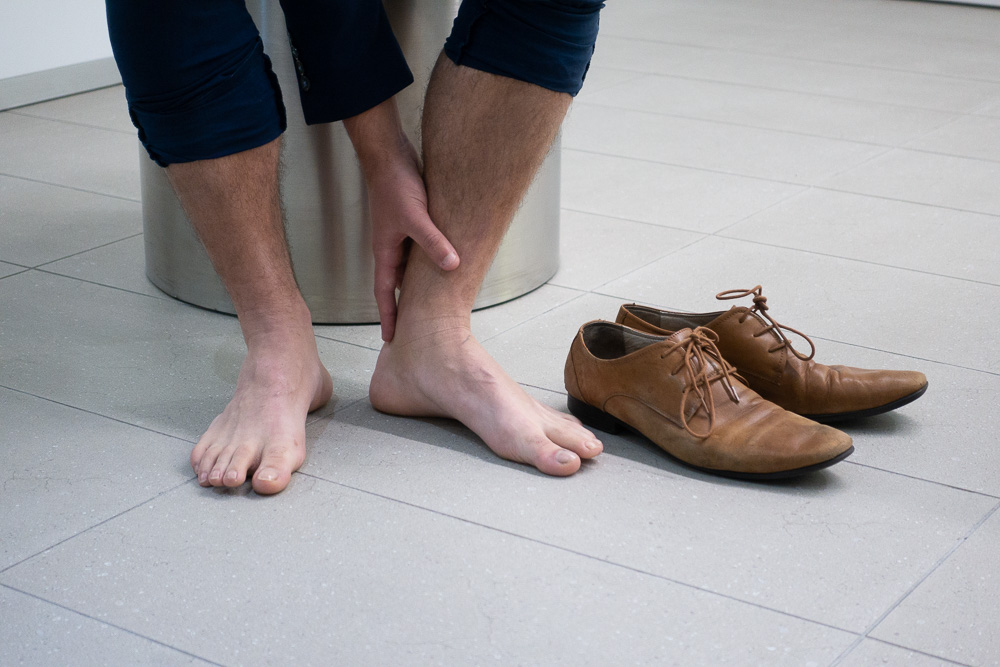
Lymphoedema is a chronic swelling (oedema) usually in the limbs. It can also occur in other parts of the body due to an accumulation of lymphatic fluid. A badly swollen limb may result in loss of mobility, discomfort and pain. Coping with everyday activities may become difficult and affect the quality of life.
It is not known how many people have this condition in Australia, however, some researchers estimate that about 300 000 people may have some form of lymphoedema.
People of all ages can be affected – babies, children, teenagers and adults.
There are two types of lymphoedema. Primary lymphoedema occurs when the lymphatic system is inadequate. Secondary lymphoedema is related to damage or blockage of the lymphatic system following surgery (mostly cancer related), radiation therapy, other medical conditions or infection.
The Signs and Symptoms
The first sign of lymphoedema is an unexplained slow, painless swelling that may be indented by pressure (pitting). As swelling increases, discomfort and heaviness can contribute to loss of mobility.
As the swelling continues, the limb may become painful and no longer indents by pressure. Changed appearance, altered body image and loss of everyday life skills may result in anxiety and depression.
The Causes
The lymphatic system is very important. It channels the lymph fluid from the tissues back to the bloodstream, passing through the lymph nodes which act as filters. It plays an important part in the body’s defence against infection.
Lymphoedema occurs when there is a breakdown or blockage in this system resulting in the lymph fluid stagnating in the surrounding tissues and swelling occurs.
The swelling is at first reversible but if it is untreated, the lymph fluid becomes thicker and difficult to remove. The body part involved can become hard and fibrotic.
The Treatment
At present lymphoedema cannot be cured but can be successfully managed. Treatment may include specialised lymphatic massage, specific bandaging, compression garments, an exercise routine and skincare, as well as other treatment modalities.
Clinical treatment is aimed at reducing the swelling, as well as educating the patients in ongoing self-management.
Throughout Australia, many therapists have now been trained to treat lymphoedema.
Karen Wilson is a physiotherapist trained in the management of Lymphoedema.
The Lymphoedema Breast Cancer App, designed by Kelly Foote Physiotherapist has been endorsed by Breast Surgeons Australia and New Zealand. This App provides information about Lymphoedema and includes an instructional video on how to monitor arm measurements.
